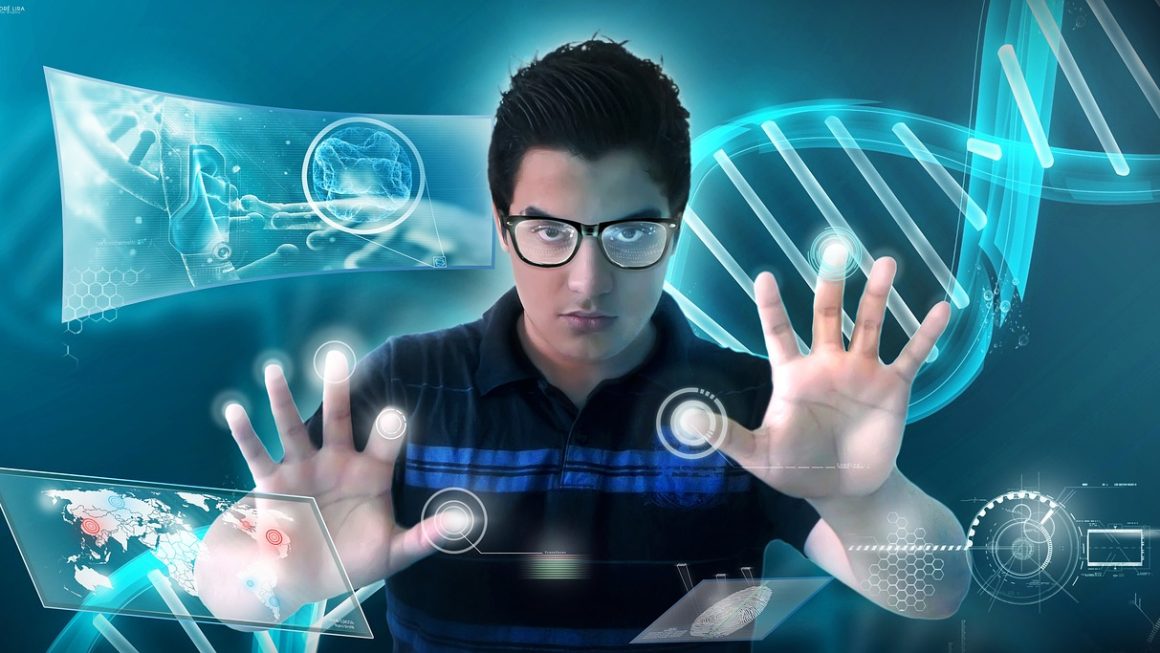Smart devices have revolutionized our lives, seamlessly integrating into our homes, workplaces, and even our bodies. From turning on the lights with a voice command to monitoring our health metrics in real-time, these interconnected gadgets are transforming how we interact with the world. This blog post delves into the world of smart devices, exploring their functionalities, benefits, and the impact they have on our daily routines.
What are Smart Devices?
Defining Smart Devices
Smart devices are electronic gadgets that can connect, share, and interact with their users and other devices wirelessly, usually via Bluetooth, Wi-Fi, or other protocols. These devices possess computing capabilities that allow them to perform tasks autonomously or with minimal human intervention. The “smart” aspect comes from their ability to learn, adapt, and improve their performance over time through data analysis and machine learning.
Key Characteristics of Smart Devices
- Connectivity: They can connect to the internet or other networks.
- Data Collection: They gather data from their environment or user interactions.
- Automation: They can automate tasks based on predefined rules or learned behaviors.
- Remote Control: Many smart devices can be controlled remotely via smartphones or other devices.
- Interoperability: Many can communicate and work together with other smart devices.
Examples of Smart Devices
- Smartphones: The quintessential smart device, offering a wide range of functionalities from communication to entertainment and productivity.
- Smart Speakers: Devices like Amazon Echo and Google Home, used for voice commands, playing music, and controlling other smart home devices.
- Smart TVs: Televisions with built-in internet connectivity and streaming capabilities.
- Smart Thermostats: Devices like Nest and Ecobee, that learn your heating and cooling preferences to optimize energy consumption.
- Smart Lighting: Light bulbs and switches that can be controlled remotely, often offering dimming and color-changing features.
- Wearable Technology: Smartwatches and fitness trackers that monitor health metrics like heart rate, steps, and sleep patterns.
Benefits of Using Smart Devices
Increased Convenience and Efficiency
Smart devices automate tasks, saving time and effort. For example:
- A smart coffee maker can be programmed to brew coffee automatically in the morning.
- Smart locks allow you to unlock your door remotely for guests or service providers.
- Smart vacuum cleaners can clean your floors on a schedule, even when you’re not home.
Enhanced Security and Safety
Smart devices can improve your home’s security and safety:
- Smart security systems with cameras and motion sensors can deter intruders and provide real-time alerts.
- Smart smoke detectors can alert you to smoke or carbon monoxide even when you’re away from home.
- Smart doorbells with video cameras allow you to see who’s at your door before you open it.
Improved Energy Efficiency and Cost Savings
Smart devices can help you reduce your energy consumption and save money:
- Smart thermostats optimize heating and cooling based on your preferences and occupancy.
- Smart lighting can automatically turn off lights in unoccupied rooms.
- Smart plugs can monitor energy consumption and turn off appliances when they’re not in use.
Better Health and Wellness
Wearable smart devices can help you track your health and fitness:
- Smartwatches monitor heart rate, sleep patterns, and activity levels.
- Smart scales track weight, body composition, and other metrics.
- Smart medication dispensers can help you remember to take your medications on time.
Integrating Smart Devices into Your Life
Setting Up a Smart Home
Creating a smart home involves choosing the right devices and connecting them to a central hub or network.
- Choose a platform: Consider ecosystems like Amazon Alexa, Google Assistant, or Apple HomeKit. Each has its strengths and weaknesses.
- Start small: Begin with a few key devices, like a smart speaker and smart lighting.
- Ensure compatibility: Make sure your devices are compatible with your chosen platform.
- Secure your network: Use strong passwords and enable two-factor authentication to protect your smart devices from hacking.
Utilizing Smart Devices at Work
Smart devices can also boost productivity and efficiency in the workplace.
- Smart meeting rooms: Utilize smart displays, collaboration software, and automated scheduling systems.
- Wearable technology for employees: Track employee health and safety in demanding environments.
- Smart sensors for building management: Optimize HVAC, lighting, and security systems.
Optimizing the Use of Smart Devices
- Regularly update firmware: Keep your devices updated to ensure security and performance.
- Customize settings: Tailor the settings of your smart devices to your specific needs and preferences.
- Automate tasks: Use routines and schedules to automate common tasks.
- Monitor energy consumption: Track your energy usage and identify areas where you can save energy.
Addressing Concerns about Smart Devices
Privacy and Security Risks
Smart devices collect a lot of data, raising concerns about privacy and security.
- Data breaches: Smart devices can be vulnerable to hacking, which can expose your personal information.
- Data collection: Companies collect data about your usage patterns, which can be used for targeted advertising or other purposes.
- Privacy policies: Read the privacy policies of your smart devices to understand how your data is being collected and used.
Dependency and Over-Reliance
Over-reliance on smart devices can lead to dependency and a loss of skills.
- Reduced cognitive skills: Relying on smart devices for memory and navigation can weaken your cognitive abilities.
- Social isolation: Spending too much time interacting with smart devices can lead to social isolation.
- Technical difficulties: When smart devices fail, it can disrupt your routines and cause frustration.
Cost and Accessibility
Smart devices can be expensive, making them inaccessible to some people.
- Initial cost: The upfront cost of smart devices can be prohibitive for some people.
- Maintenance and upgrades: Smart devices may require ongoing maintenance and upgrades, which can add to the cost.
- Digital divide: People who lack access to the internet or the skills to use smart devices may be left behind.
Conclusion
Smart devices are transforming our lives in countless ways, offering increased convenience, enhanced security, and improved efficiency. However, it’s crucial to be aware of the potential risks and challenges associated with these technologies, including privacy concerns, dependency issues, and cost barriers. By carefully selecting, configuring, and using smart devices responsibly, we can harness their power to create a more connected, convenient, and sustainable future. The key is to stay informed, stay proactive, and strike a balance between technological advancement and personal well-being.




